Plato’s (an ancient Greek philosopher) Allegory of the cave is a philosophical dialogue. He presents it in his work ‘The Republic‘ where he describes a group of people who live in a cave since childhood. They have chains around their bodies that keep them in one place and doesn’t let them turn their heads. Behind them, is a fire, and in between, there is a raised walkway. People outside the cave walk along this walkway, holding various objects that cast shadows on the cave’s wall due to the fire. The prisoners, unable to see the objects or the fire, only perceive the shadows on the wall in front of them. For them, this is the reality.
One day, a prisoner is freed from the shackles and is forced to turn back to face the fire as well as the objects. He is dragged outside the cave. Initially, he feels overwhelmed by the brightness struggling to keep his eyes open. He struggles to understand that the shadows were mere illusions. As the freed prisoner begins to adjust to the light, he slowly comprehends that the objects are the true forms and the shadows are mere imitations. If he was to return to the cave and tell the other prisoners about the world outside, they would most likely dismiss it as nonsense. They may even go to the extent of killing him thinking that he has gone crazy.

Relevance In Social Work
The organizations and responsible citizen groups working towards social change often drive their efforts towards bringing attention to issues that people ignore or overlook. They address the root causes of social problems, from poverty and inequity to access to education and healthcare. When I entered this space, I felt as if I was shown the light to shift from shadows and look at the realities that I didn’t like to see in the first few glances.
One can see it in various contexts. Here are a few examples I could think of, while working at Kutch Mahila Vikas Sangthan (KMVS)
1. Education and Enlightenment
The social initiatives that focus on access to quality education and developing critical thinking in marginalised communities are embodying the essence of the allegory. Their efforts aim to liberate individuals from ignorance and empower them to question prevailing narratives, challenge social injustices, and work towards a better society.
KMVS promotes awareness and spreads by conducting community meetings, workshops, and campaigns on various topics. The aim is to educate women about their rights, health and hygiene practices, and gender equity. By disseminating crucial information, the organization empowers women to question the existing social norms that govern their lives. It pushes them to challenge discrimination, and actively participate in the decision-making processes that affect their own lives and those of the community members around them.
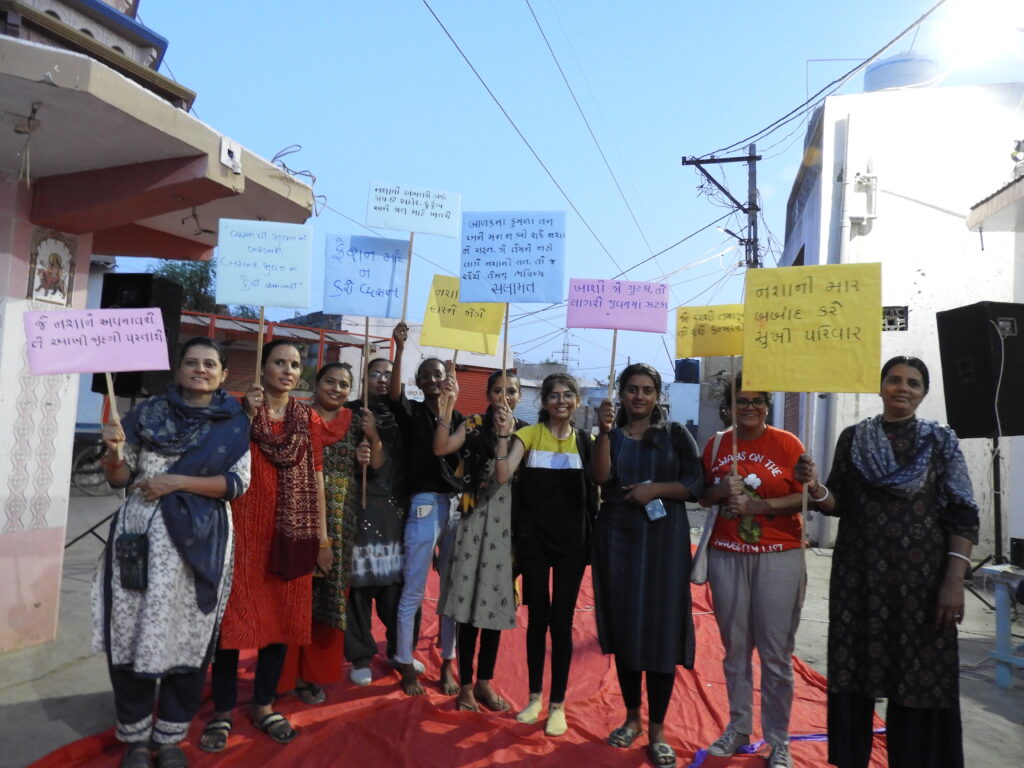
2. Media and Information Technology (IT)
In the digital age, the influence of media and IT can be seen as an allegory. Confined within narrow perspectives and limited information is similar to being chained in a cave. Efforts to promote media literacy, accessing credible sources and building the ability to separate fake news from actual news becomes the way to support people in breaking free from the cave. It enables them to look at the world from a different lens.
At KMVS, we do this to build knowledge and perspectives on women’s issues in the socio-cultural, economic and political contexts. Specially in rural remote areas across Kutch. We use radio as a tool for communication through ‘Ujjas Radio’. ‘Kunjal Panje Kutch Ji’ was the first dramatised series that All India Radio (AIR), Bhuj broadcasted weekly. It was in the local ‘Kutchi’ dialect.

3. Social Activism and Advocacy
Social activists strive to bring unheard voices to the forefront. They challenge the oppressive systems and their efforts to hold the local communities down. Drawing a parallel with the allegory, the prisoners in the cave need someone to guide them towards the light. Similarly, activists work to shift public consciousness, and advocate for social change. By exposing the hidden sides of a story and encouraging dialogue, they aim to break the chains that keep society in dark.
KMVS observed that a large number of women have been suffering from gender-based violence, particularly domestic violence. The causative factors were many. Some of them are high incidence of dowry, alcoholism among family members, and a patriarchal and feudal outlook in the society that accepted violence against women. A family counselling centre started to address this by offering counselling services. Additionally, they also gave legal support on a case to case basis. Additionally, ‘Hello Sakhi’, a helpline was started with joint efforts by Kutch police and KMVS. It is available 24×7 for immediate responses to women seeking support.
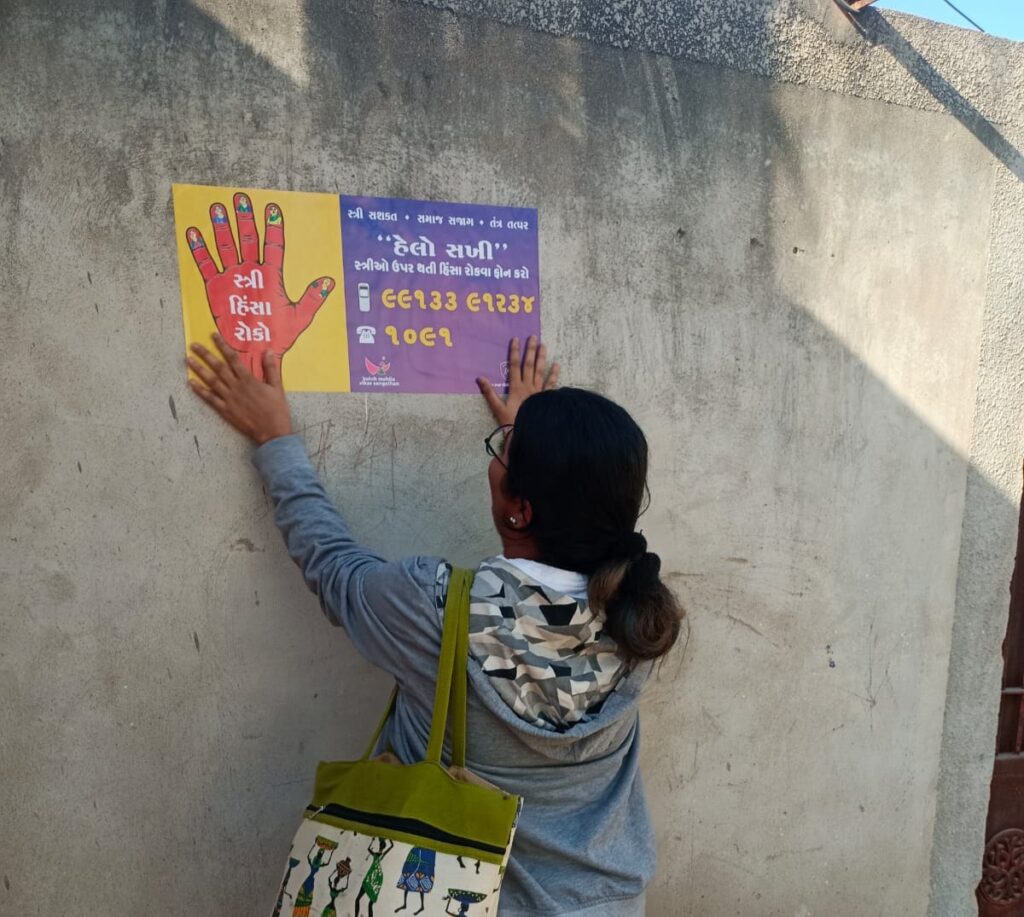
4. Empowerment and Social Transformation
Plato’s speaks about the potential for personal and societal transformation. In social organisations, empowerment programs that focus on disadvantaged groups such as women, refugees, or disabled persons, align with the allegory’s message. These programs aim to generate or provide opportunities, skills, and resources that enable individuals and collectives to free themselves from oppressive conditions, create positive change, and become active contributors in their communities.
KMVS runs adult literacy classes for its women members and young girls through an innovative curriculum. It combines local culture with formal education. The result has been a great success with several women learning to read and write. This has also resulted in higher enrolments of their children in schools.
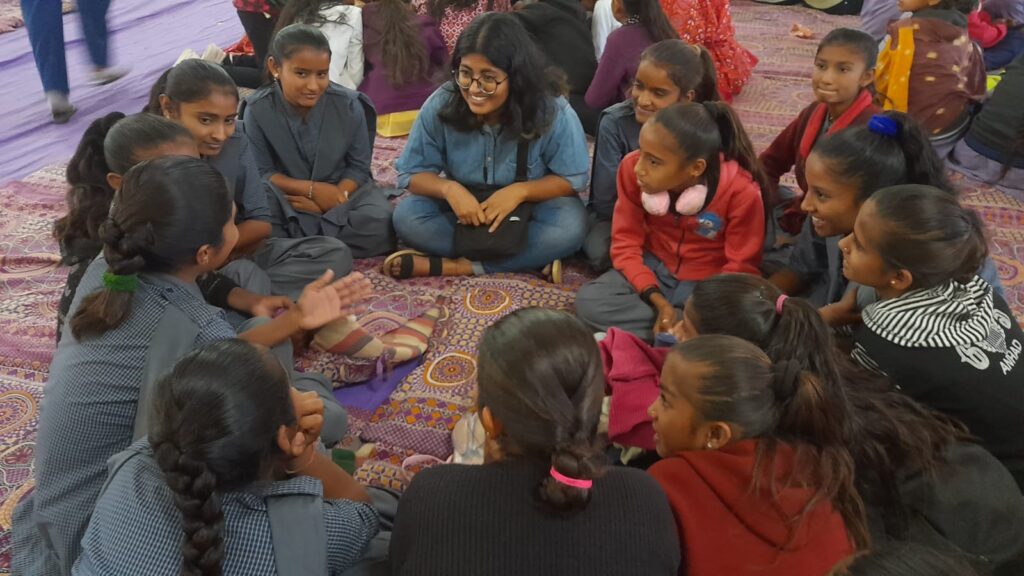
5. Environmental Awareness and Sustainability
Metaphorically, the allegory can be used to understand the issues of environmental consciousness and sustainability as well. The people remain disconnected from the consequences of their actions on the environment. They can’t see what’s happening for real, just how the prisoners couldn’t. Efforts to promote sustainable practices and encouraging a deeper understanding of our interconnectedness with nature sometimes acts like eye openers. KMVS extends support by providing resources to women to start a kitchen garden in their backyard. Also, to use a solar cooker and solar light. Plus, we help in accessing the stoves that cause less air pollution so that the health of the women doesn’t deteriorate as it does while cooking on traditional stoves.


Like the people in cave, many of us in the society are unaware of the issues that affect us and/or the people around us. This is often because we lack the resources or access to information needed to fully understand a situation. The social organisations serve as a bridge to educate, aware, even help in taking action. Like KMVS, there are many others across the country that enable people to come out of their caves.
But just as the people in the cave may initially resist leaving the only reality they know, there can be huge resistance to change when it comes to addressing social issues. It mainly comes from people in positions of power who benefit from the status quo. Or from individuals who feel threatened by change. Our organisations often face these challenges and tackle them with creative and innovative approaches. In the process, they engage communities, use technology, and collaborate with other institutions, corporates and governments.
Ultimately, the allegory reminds us that there is more to the world than we see. The social organisations have an important role to play in bringing attention to the shadows of the society and working towards a more just and equitable world for all. It is up to us to be willing to look beyond the shadows and work toward a brighter future.

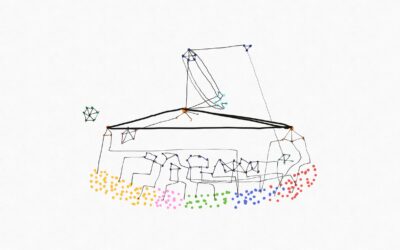

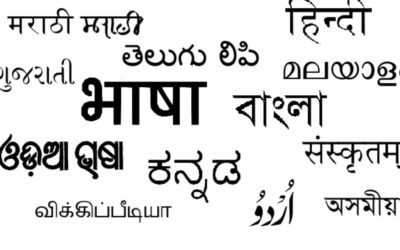
0 Comments